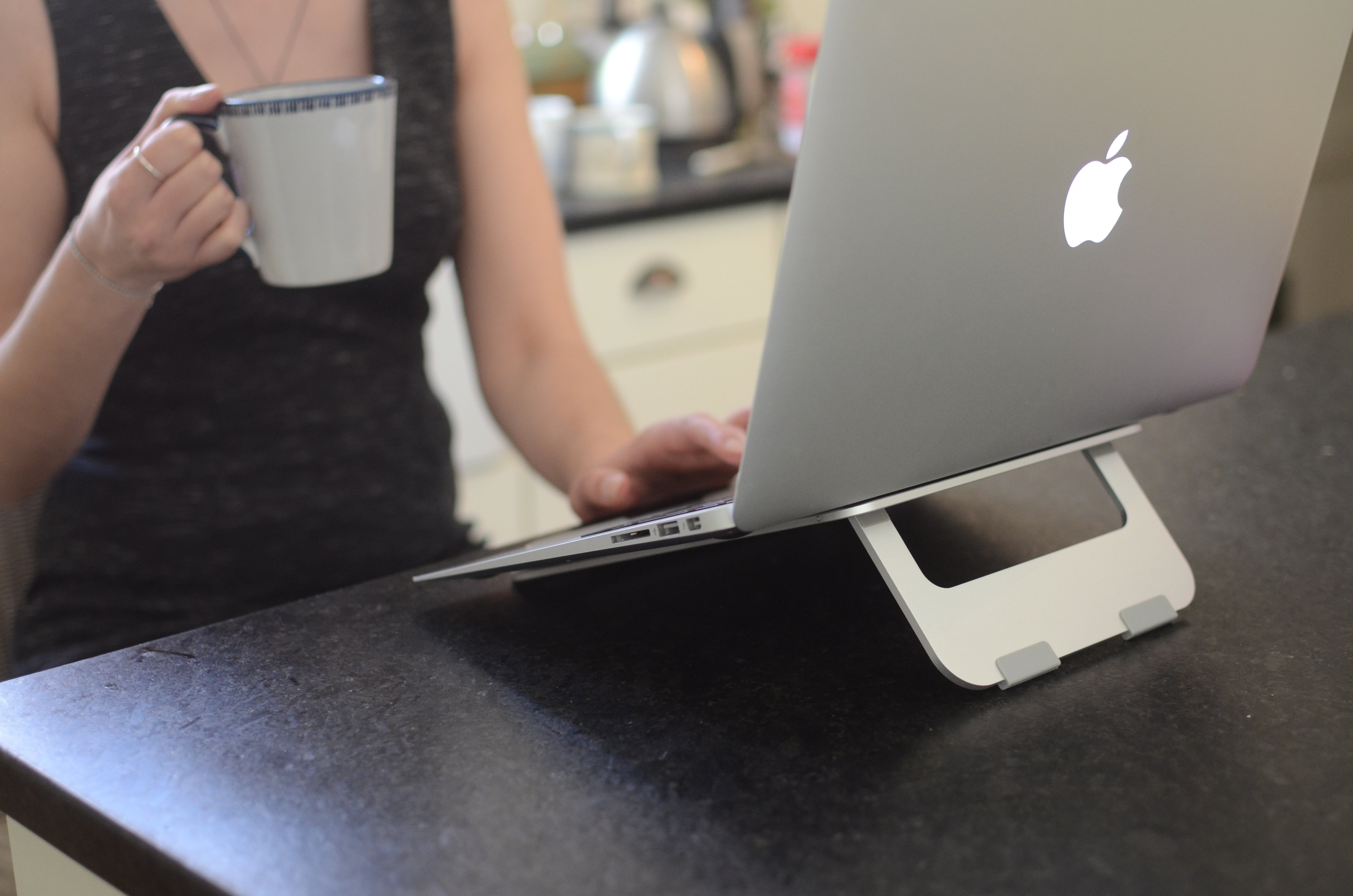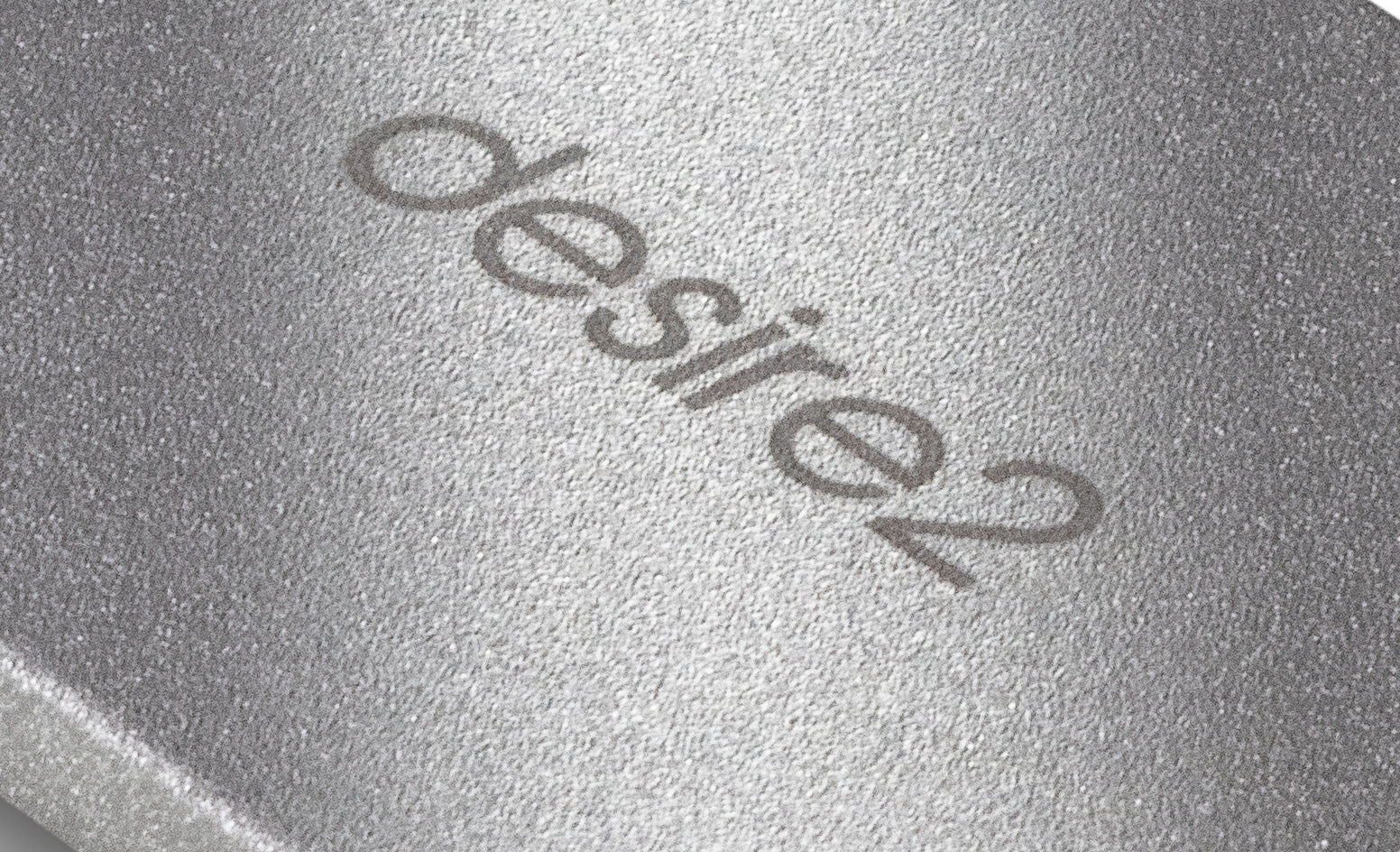Article: What is ergonomics?

What is ergonomics?
Ergonomics is all about putting you - the human, at the core of design. Ergonomics aims to make sure that tasks, equipment, information and the environment fit each user.
How does it do that then?
By applying proven scientific principles in order to deliver an improved user experience. Ergonomics is a combination of many sciences, including anthropometry, product design, biomechanics, mechanical engineering, industrial engineering, information design, physiology, cognitive psychology, space psychology and a few more. When correctly applied you get:
- More comfort
- More performance
- More satisfaction
- Better Health and safety.
Is this a new thing?
Nope! This is something that has been developing for a very long time – in fact some estimates place the origin of it around 2 million years ago when Australopithecus Prometheus (a tool using primate) created tools which were specialised to certain tasks. The Egyptians knew the score somewhat, and Ancient Greece, where we took the meaning of the word from definitely had a big input, from Archimedes lever, to Hippocrates description of a surgeons workplace. So in short, no it is not a new thing, but as with all science, progress is constant and the more we learn, the more we can apply ergonomics to improve life using its principles.
What if I don’t care about ergonomics?
Well, aside from some really obvious things like the steering wheel and gearstick being in the wrong place in your car, there are some major risks to ignoring ergonomics in the workplace:
Back problems
(From sitting too long in a bad position, from twisting, lifting and bending)
Pain in the back.
Carpal Tunnel Syndrome
(From badly designed mouse and keyboard + repetitive movement)Very painful wrists all the time – probably going to need an operation.
Ganglion Cysts
(From Joint overuse)A lump under the skin. Eww.
Raynaud’s disease
(From repetitive movements)Poor blood flow and numbness.
Tendonitis
(From bad posture and repetitive movements)
Joint pain and inflammation.
Other musculoskeletal disorders (MSDs)
(From bad posture and bad workstation design)
Pain in muscles, ligaments, tendons, nerves & problems with blood vessels.
Depression & anxiety
(As a result of suffering from one of the other conditions or from the impact of a bad workstation)
Poor quality of life
In fact, any one of these conditions is going to have a negative impact on your life. And, employers take note - your productivity.
Some key stats from the UK to think about..
£16.2 billion
Annual costs of work-related injury and ill health in 2018/19, excluding long-latency illness such as cancer6.3 million
Estimated working days lost due to non-fatal workplace injuries0.5 million
Workers suffering from work related musculoskeletal disorders (new or longstanding) in 2019/20152,000
Workers suffering from a new case of work-related musculoskeletal disorder in 2019/20
8.9 million
Working days lost due to work-related musculoskeletal disorders in 2019/20
828,000
Workers suffering from work related stress, depression or anxiety (new or long-standing) in 2019/20
347,000
Workers suffering from a new case of work-related stress, depression or anxiety in 2019/20
17.9 million
Working days lost due to work-related stress, depression or anxiety in 2019/20
Source: https://www.hse.gov.uk/statistics/overall/hssh1920.pdf
A totalitarian ergonomic approach would see these numbers reducing to zero, but that is some way off. It is the responsibility of every employer and employee to continuously assess working practices to ensure that any task is correctly designed and executed with ergonomics at the forefront.
OK – I’m sold. What can I do to be more ergonomic?
Well… you can break ergonomics down into the following actions:
Get your equipment right
We can provide some great ergonomic solutions for laptops, tablets and monitors. Having the right equipment is a huge step in the right direction.
Make sure your workstation is set up correctly
Workstation set-up is critical. You must position your equipment at the right height, angle and distance for your needs.

Get moving
You can achieve better workplace health and productivity by balancing sitting with moving and standing. Why not use the Pomodoro technique?
Work for 20 mins, then get on your feet for 10 mins and throw in some (safe) stretches like these ones here office exercises If you work on your feet, it is important that you get some time sitting down as part of your routine.
Check your posture
Good posture is incredibly powerful. As well as helping to prevent the injuries and aches and pains that slouching in your chair can cause, good posture has a massive impact on your mental health. Getting your posture right should make you happier, more confident, and will also help you to feel more alert.
Update or fix your Tech
Slow computers are the bane of the office worker, nothing spoils a day’s work like sitting down (at your perfectly mechanically ergonomic workstation) to have your machine hang on the simple task of opening an email. You and your team need your equipment to ‘just work’ so make sure that you keep it well maintained and ditch the dogs (at a good recycler)
Get the temperature dialled in
Hit the Goldilocks temperature in your workplace and watch your productivity soar. Somewhere around 18-20 centigrade is about right, any hotter and people will be nodding off, any cooler and chattering teeth might become a distraction..
Sort your Lighting
Working in a space that is too dark or too light is going to put strain on your eyes. Get the lux levels just right and you will enjoy a much more pleasant working environment. The more natural light you can get in the better, but watch out for…
Reflections and screen glare
Screen glare can cause major strain on your eyes. If screens are in high lux areas, make sure to fit screen filters which can help reduce the issue.
Eliminate nuisance noise
The very underestimated but highly disruptive scourge of the open plan office. Acoustics are often an afterthought when designing a workspace but savvy designers do it with acoustic principles at the forefront. If there is too much echo in a place and the sound gets amplified and muddled as it bounces around. This puts the average worker on edge as their primitive subconscious environmental processing is thrown into overdrive trying to assess threats it can’t quite pinpoint.Hopefully this guide has given you a solid foundation of knowledge in the wonderful world of ergonomics. If you want to go deeper, the following links will send you down the rabbit hole.
Just make sure you have your workspace properly set up (with some of our awesome ergonomic products) before you embark on a long research project…
Further reading
https://www.hse.gov.uk/pubns/indg90.pdf

